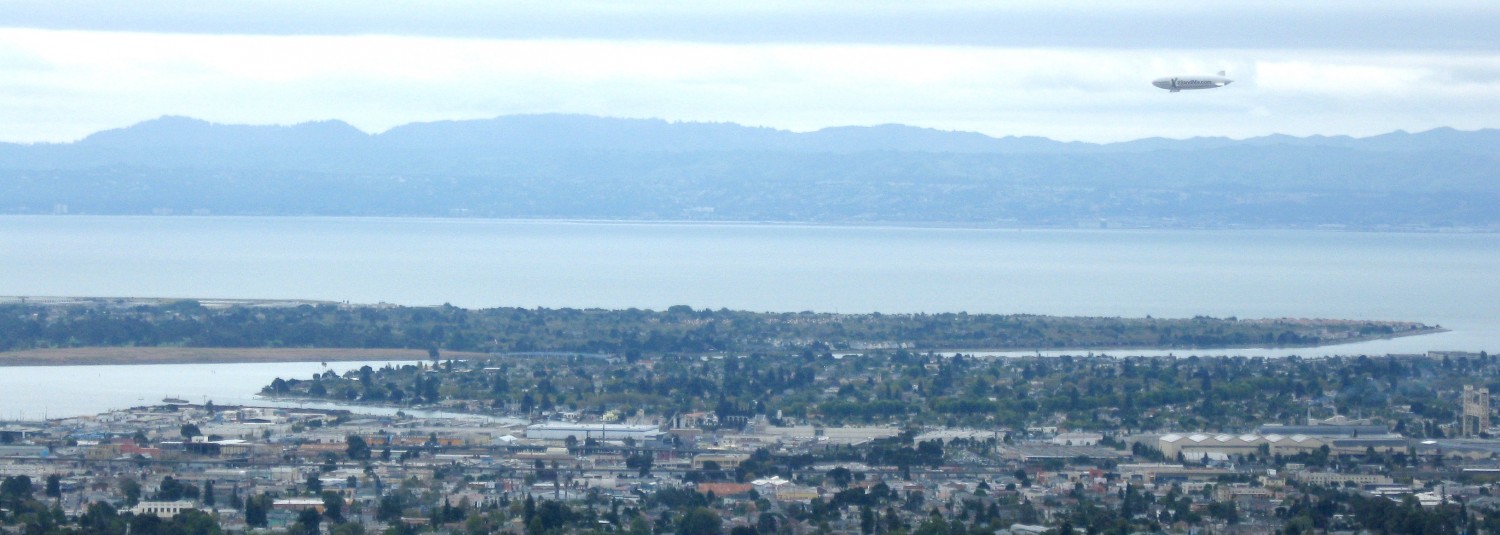San Francisco Ballet
February, 9 & 10, 2024
Opera House San Francisco
“British Icons”
Artistic Director Tamara Rojo, who was formerly with the English Ballet (and is listed in the program as responsible for “Principal Coaching,” has brought two “British Icons” to San Francisco. Following the company’s opening with the complexity of ‘Mere Mortals,” these ballets offered comprehensible drama and brilliant dancing.
“Song of the Earth” (to sung music by Gustav Mahler), was premiered in 1965 in Germany and is in the repertory of the Royal Ballet. Now the work is at San Francisco. Martin West, music director of San Franciso Ballet, tells us that Mahler’s work is not often played for ballet. He says, “McMillian ( Sir Kenneth McMillan, choreographer) was able to illuminate further the full range of emotions that Mahler set out to convey…”
The principal dancers for the Mahler work have a tremendous task for both endurance and expressivity since McMillan says the work is, ”a man, a woman and death. Throughout the ballet you ‘sort of watch’ the woman through the cycle of her life.”
On February 9 the soloists were Wei Wang (The Messenger of Death), Isaac Hernancdez (Man) and Wona Park (Woman), well supported by the ensemble. On Saturday, Feb. 10 the cast was (Messenger) Esteban Hernandez, (Woman) Wona Park, (Man) Joseph Walsh. The singing was performed by tenor Moisas Salazar, and mezzo soprano Garielle Beteag, All were brilliant in this demanding but intriguing work,
What is intriguing in “Song’ is not only the interaction of the principals using dramatic gesture (hands to head, heart, and very intimate duets), but that the ‘movement’ is beyond the usual ballet vocabulary!. Fingers are spread wide; torsos are bent and twisted; and although there is plenty of the usual ballet ‘ensemble’, there is continual use of ‘pas de deux’ vocabulary that echos contemporary dance and theater. All the performers handle this with remarkable rhythmic precision and dance skill. Bravo!
We are graced with remarkable leaps and jumps from all the performers as well as unusual partnering (sometimes men with me). But it is the ‘dynamic flow’ of energy the the skillful ‘gesturing’ that makes “Song” so unusual for it time… and ours.
Although “Marguerite and Armand” a romantic episode (from a dramatic “Camille” theme,) to music by Franz Liszt, is well known in story and opera, choreographer Sir Frederick Ashton has here presented us with a setting of English court and club life. “Marguerite” is the mistress of ‘A Duke” (danced by Steven Morse) but she in enamored by Armond (Frederick Walsh). Although surrounded by ‘admirers”, it is her romantic involvement with Armond that is the ballet’s several essential ‘pas de duex.”
On Feb. 9 Misa Kuranaga danced Marguerite. On Saturday, the principal dancers were Yuan Yuan Tan (Marguerite) and Aaron Robinson (Armand). The San Francisco Ballet added the performance by Ms. Tan to celebrate her departure from the company on February 14. Both events were outstanding performances, although Ms. Tan’s was intensely dramatic as her passion (and her storied illness) overwhelmed the ballet.
It is pleasing and delightful to have the opportunity to see these works transformed by San Francisco Ballet by contemporary dancers. They have all met the challenged brilliantly. Ms Rojo offers extensive notes in the beautifully illustrated programs…but alas no cast lists are offered. One has to ‘photograph’ the (QR codes) and perhaps consult a cell phone. The performers deserve to be known before the lights go out. They deliver brilliant performances and audiences must give their applause to dancers that will be well remembered and honored in future ballet events.
